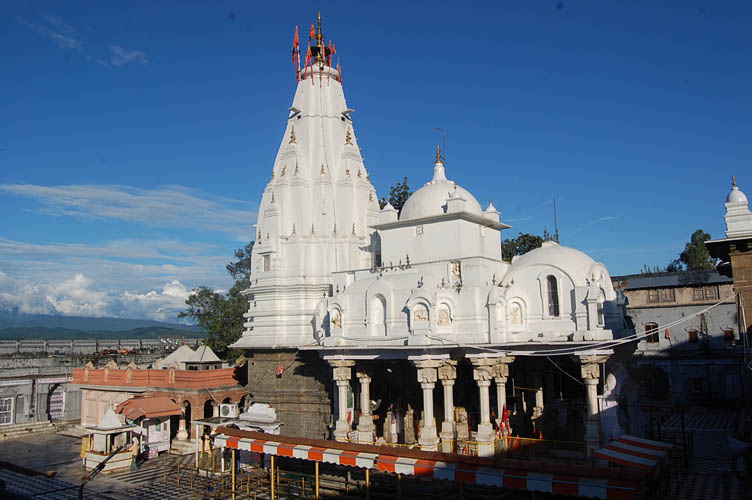ManiMahesh Yatra
Lake was created by Lord Shiva after he married Goddess Parvati. As per another account, it is also claimed that Lord Shiva performed penance here for seven hundred years, and the water started flowing from his tangled hair which later took the form of a lake. The lake is divided into 2 major parts. The larger part is known as 'Shiv Karotri' (the bathing place of Lord Shiva); meanwhile the lower part is dedicated to Goddess Parvati, 'Gauri Kund' (the bathing place of Parvati).
Touristers are taken to Pathankot , Chamba , Bharmour , Gaurikund , Manimahesh , Dalhouse , McLeod Ganj , Chamunda , Kangda , Jwalamukhi , Chintapurni , Chandigarh etc
Yamadharma raja Mandhir
Bharmour, formally known as Brahmpura, was the ancient capital of Chamba district in Himachal Pradesh, India. Situated at an altitude of 7000 feet in the Budhil valley, forty miles to the south-east of Chamba, Bharmour is known for its scenic beauty and for its ancient temples. Some of the temples are believed to date from 10th century. As the whole country around Bharmour is supposed to belong to lord Shiva,We visit Yamadharmaraj Mandhir and Chaurasi Temple is located in the center of Bharmour town and it holds immense religious importance because of temples built around 1400 years ago.
Dalhousie - Khajjiar
From Bharmour we reach Khajjiar by taxi .Khajjiar is a hill station in the north Indian state of Himachal Pradesh which It has a rare combination of three ecosystems: lake, pasture and forest and is 24 kms from Dalhousie , the nearest major town and hill station in Chamba district. pilgrims are allowed to enjoy there after we reach to Dalhousie.
Mani mahesh
In Manimahesh- Mens do holy bath at sivakund and Gauri-Kund by where it is believed that Goddess Parvati used to bath and now, only women are allowed to take a dip in the pond and after piligrims catch a sight of something glittering far there in the Kailasha Parvata. It's called Mani - the gem on Shiva's crown, they say. When the moon rays reflect from it on a clear, full moon night, it shines. It's a rare occasion on a land which is 13,500 feet above the sea level."
Dalai Lama Temple
Dharmasala-McLeod Ganj - We travel from Dalhousie to Dharmasala. In McLeod Ganj is a suburb of Dharamshala in Kangra district of Himachal Pradesh where we visit the Dalai Lama's temple , bharesanara temple and buddhist monastery
Katra Vaishno devi
Vaishno Devi, also known as Mata Rani, Trikuta and Vaishnavi, is a manifestation of the Hindu Goddess Mata Adi Shakti also known as MahaKali/Parvati/Durga. The words ""maa" and "mata" are commonly used in India for "mother", and thus are often used in connection with Vaishno Devi. Vaishno Devi Mandir is a Hindu temple dedicated to the Hindu Goddess, located in Katra at the Trikuta Mountains within the Indian state of Jammu and Kashmir.
Jwalamukhi
Jwalamukhi is a famous temple to the goddess Jwalamukhi, the deity of flaming face. Raja Bhumi Chand Katoch of Kangra, a great devotee of goddess Durga, dreamt of the sacred place and the Raja set people to find out the whereabouts of the site. The site was traced and the Raja built a temple at that location.The building is modern with a gilt dome and pinnacles, and possesses a beautiful folding door of silver plates. Under the gaze of the Dhauladhar mountain range and set amidst the undulating hills that character sub-Himalayan Himachal Sati's tongue is believed to have fallen at Jwalamukhi and the goddess is manifest as tiny flames that burn a flawless blue through fissures in the age old rock.
Chintpurni Temple
Mata Chintpurni Devi Temple Shakti Peeth ChintpurniChintpurni is a major pilgrimage center and one of the Shakti Peethas in India. The Chintpurni shakti peeth (Chhinnamastika shakti peeth) is located in Una district Himachal Pradesh state, surrounded by the western Himalaya in the north and east in the smaller Shiwalik (or Shivalik) range bordering the state of Punjab. The Chintpurni Shakti Peeth is dedicated to the temple of Chinnamastika Devi or Chinnamasta Devi. Chhinnamasta or Chinnamastika temple is one of the 7 major and 51 total Shakti Peethas.Here, Chhinnamasta is interpreted as the severed-headed one as well as the fore headed-one.
Chamunda
Chamunda also known as Sachchi Mata, Chamundi, Chamundeshwari or Charchika, is a fearsome aspect of the Devi and one of the Matrikas also considered as Divine Mother in Hinduism. She is also one of the chief Yoginis, a group of sixty-four or eighty-one Tantric goddesses, who are attendants of the warrior goddess Durga.[1] The name is a combination of Chanda and Munda, two monsters whom Chamunda killed. She is closely associated with Kali, another fierce aspect of Devi.[2] She is sometimes identified with goddesses Parvati, Chandi or Durga as well.
Rock Garden - Chandigarh
The rock garden or Rock Garden of Chandigarh is a Sculpture garden in Chandigarh, India, also known as Nek Chand's Rock Garden after its founder Nek Chand, a government official who started the garden secretly in his spare time in 1957. Today it is spread over an area of forty-acres (160,000 m²). it is completely built of industrial & home waste and thrown-away items.
Touristers are also taken to Manasa Devi Sakthipetam , Gulf Lake , Model Lake etc.
Vajreshwari temple
Vajreshwari temple and Kangra Devi temple are located in Nagar Kot in Kangra district in Himachal Pradesh. Mother Vajreshwari devi is also known as the Goddess of Nagar Kot and also as Kangra Devi. It is believed that this temple was constructed by the Pandavas in the Mahabharat era and that the old name of district Kangra was Nagar Kot.Vajreshwari temple and Kangra Devi temple is one of the 51 siddha-peethas. Devotees from India and all over the world come here to have a glimpse of the Goddess. The number of devotees increase very much during Navratras.
Show more package
Amarnath Yatra
Starts from :June to July with span of 16 Days with 15 places in 6000 K.M
28,975/-
Book packageNepal-Mukthinath Tour
Starts from :March to May and September span of 14 Days with 12 places in 7500 K.M through Air Ways
38,275/-
Book package| Hub | For 1 person | Advance of |
|---|---|---|
| Boarding-Vijayawada | 36,999/- | 10,008/- |
| August | September |
|---|---|
| 30th August 2018 | 6th September 2018 |
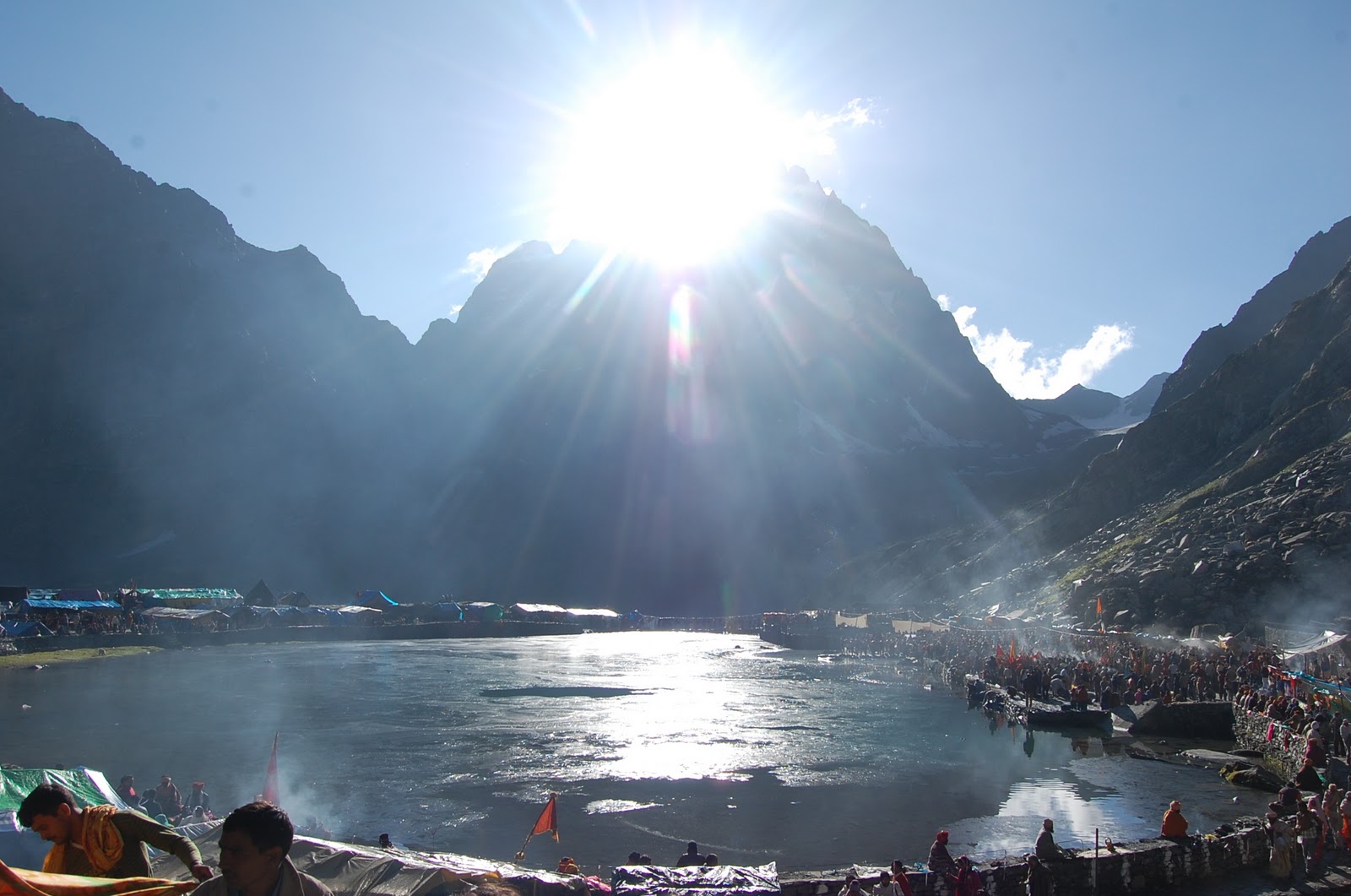



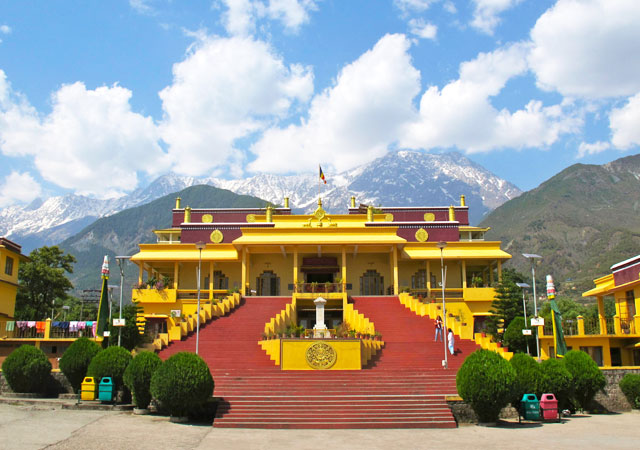
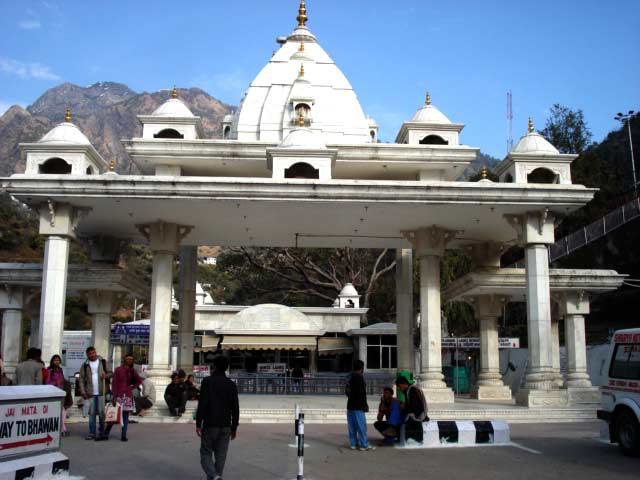
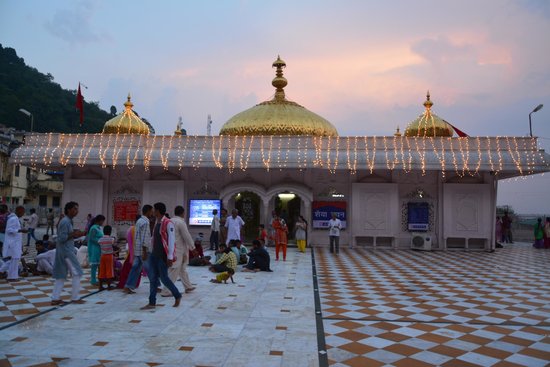
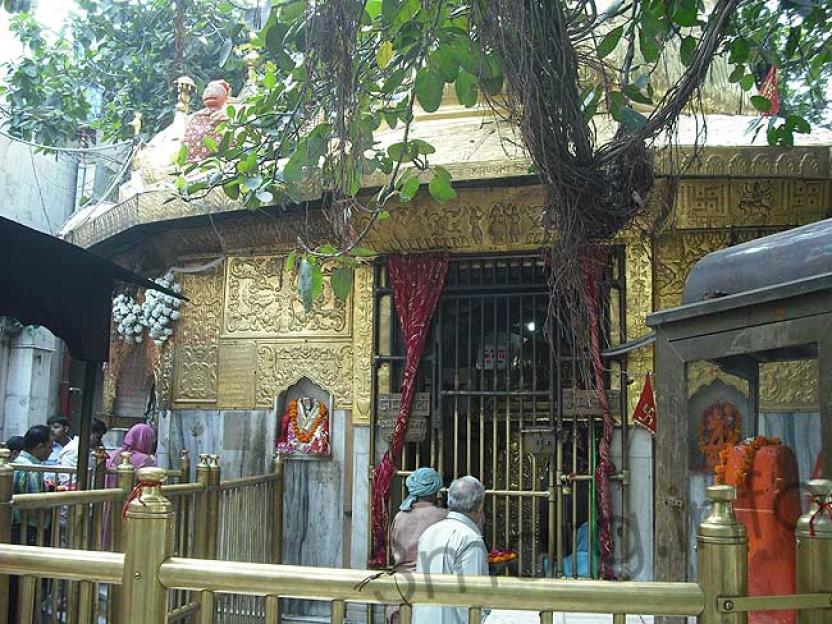
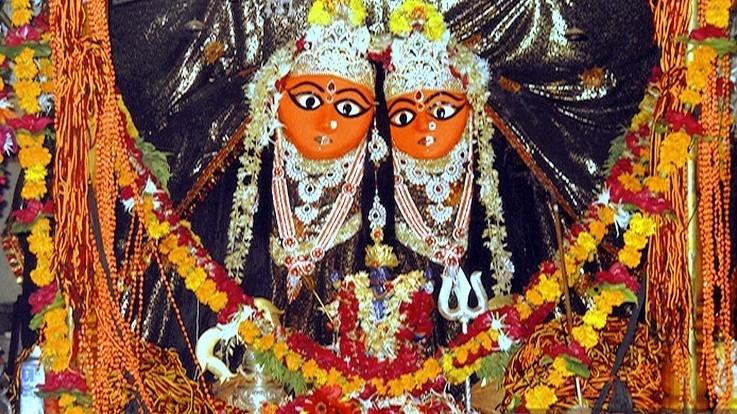

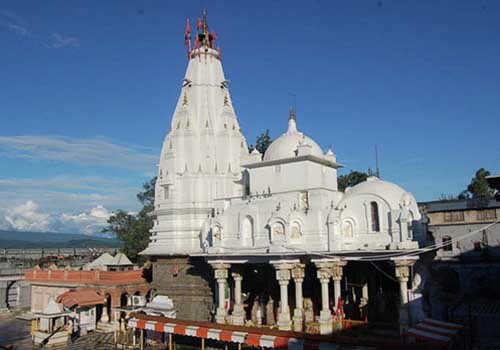


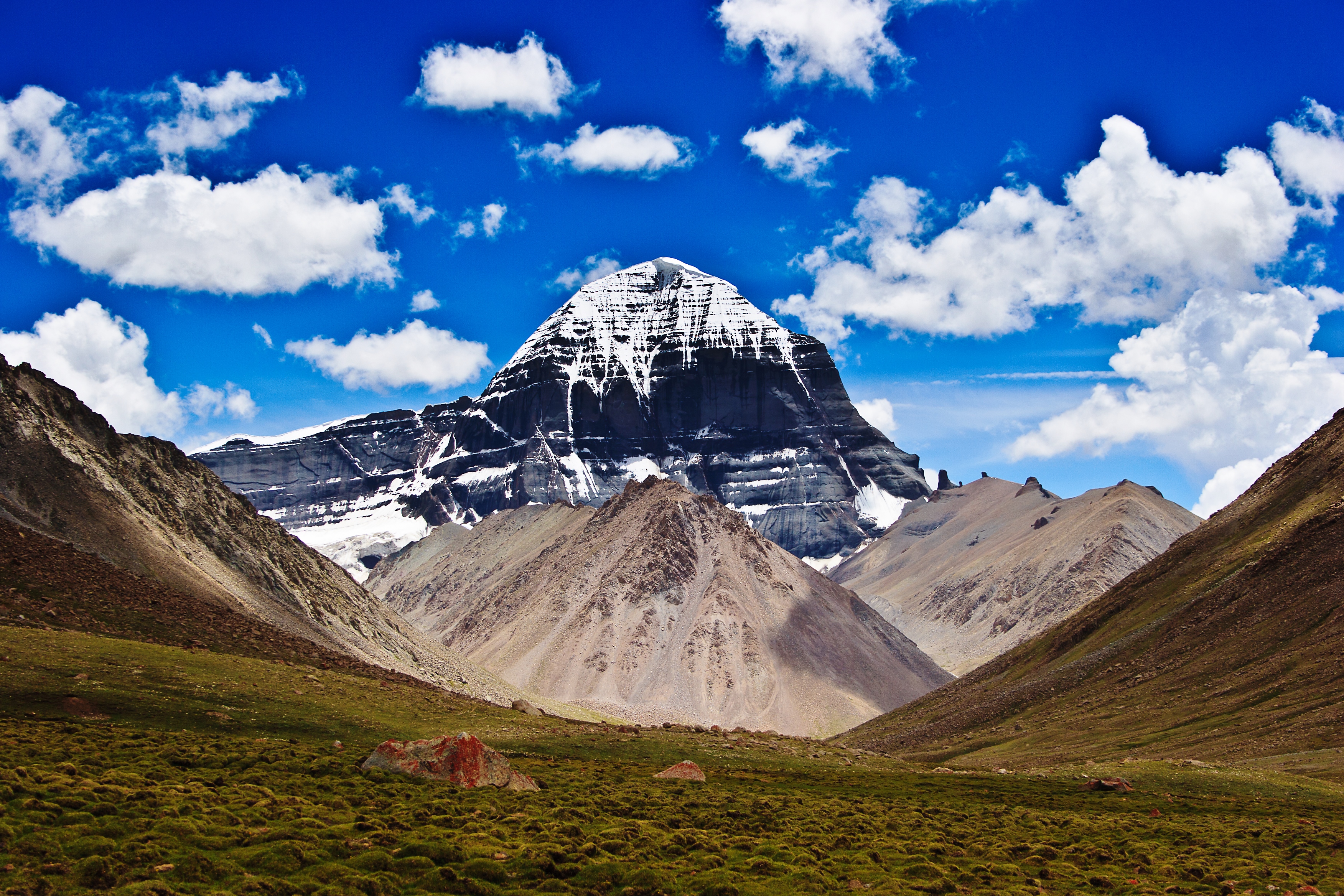
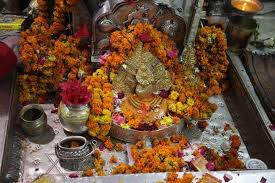
.jpg)
